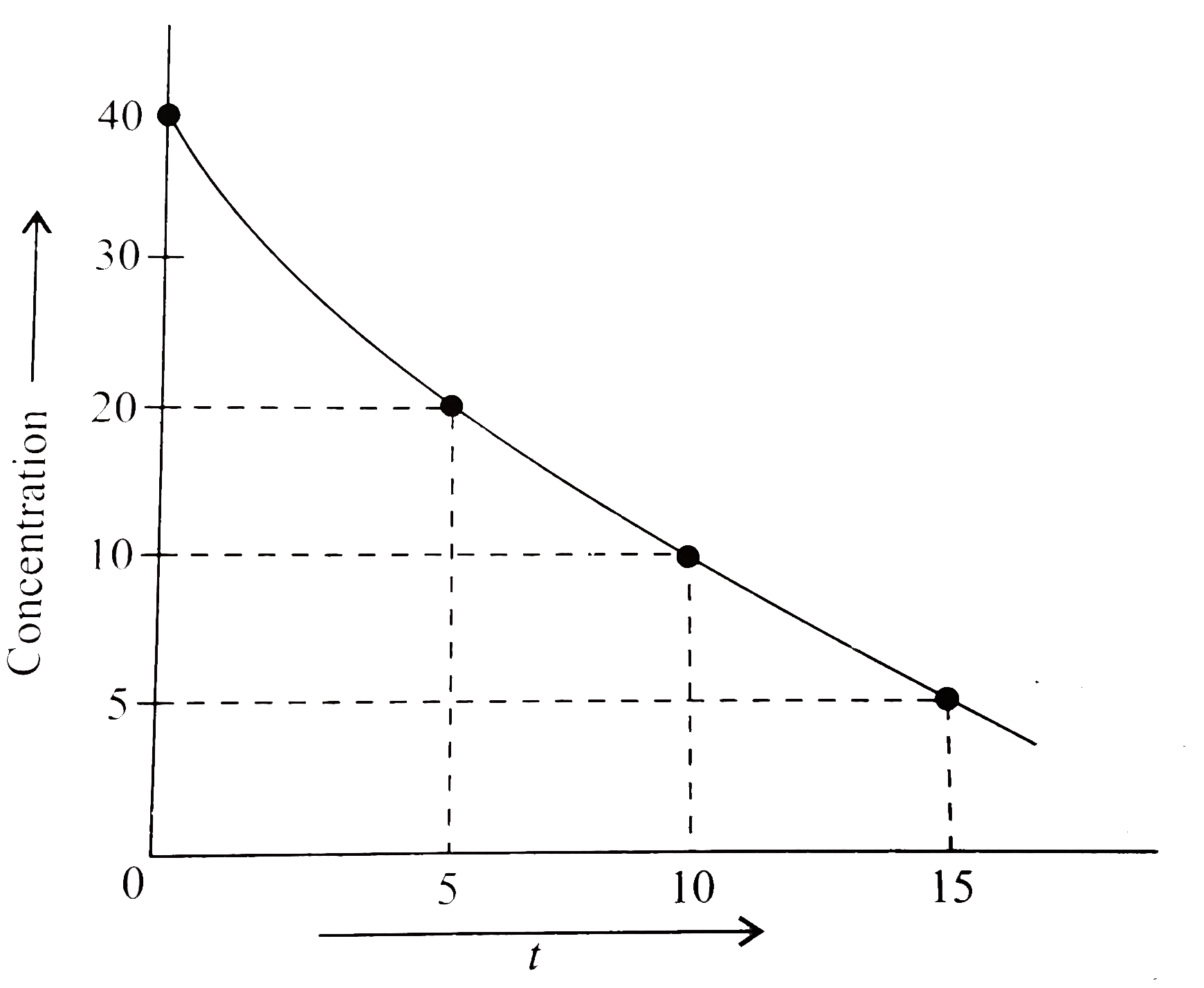For a reaction , a graph was plotted between reactant concentration c and time as shown in the figure below.

Identify the order of the reaction with respect to the reactant. Can the concentration of the reactant be theoretically zero after infinite time?
Step by step video solution for For a reaction , a graph was plotted between reactant concentration c and time as shown in the figure below. Identify the order of the reaction with respect to the reactant. Can the concentration of the reactant be theoretically zero after infinite time? by Chemistry experts to help you in doubts & scoring excellent marks in Class 12 exams.
Updated on:21/07/2023Topper's Solved these Questions
- CHEMICAL KINETICSBOOK - RC MUKHERJEECHAPTER - CHEMICAL KINETICSEXERCISE - PROBLEMS
42 Videos
- CHEMICAL KINETICSBOOK - RC MUKHERJEECHAPTER - CHEMICAL KINETICSEXERCISE - OBJECTIVE PROBLEMS
51 Videos
- CHEMICAL EQUIVALENCEBOOK - RC MUKHERJEECHAPTER - CHEMICAL EQUIVALENCEEXERCISE - PROBLEMS
24 Videos
- CHEMICAL THERMODYNAMICSBOOK - RC MUKHERJEECHAPTER - CHEMICAL THERMODYNAMICSEXERCISE - Objective problems
58 Videos
Similar Questions
Knowledge Check
In a first order reaction with time the concentration of the reactant decreases
AlinearlyBexponentiallyCno changeDNone of theseFor a first order reaction, the concentration of reactant :
Ais independent of timeBvaries linearly with timeCvaries exponentially with timeDNoneFor a second order reaction, half-life concentration of reactants:
AIndependent of initial concentration of reactantsBDirectly proportional to concentration of reactantsCInversely proportional to concentration of reactantsDInversely proportional to the square of concentration of reactants
In a 1st order reaction, reactant concentration C varies with time t as:
View SolutionIn a 1st order reaction, reactant concentration C varies with time t as:
View SolutionThe rate of reaction doubles when the concentration of the reactant is increased four times , The order is
View SolutionIn a reaction A→B the rate of reaction increases two times on increasing the concentration of the reactant four times, then order of reaction is
View SolutionIn a 1st order reaction, reactant concentration C varies with times t as:
View Solution
